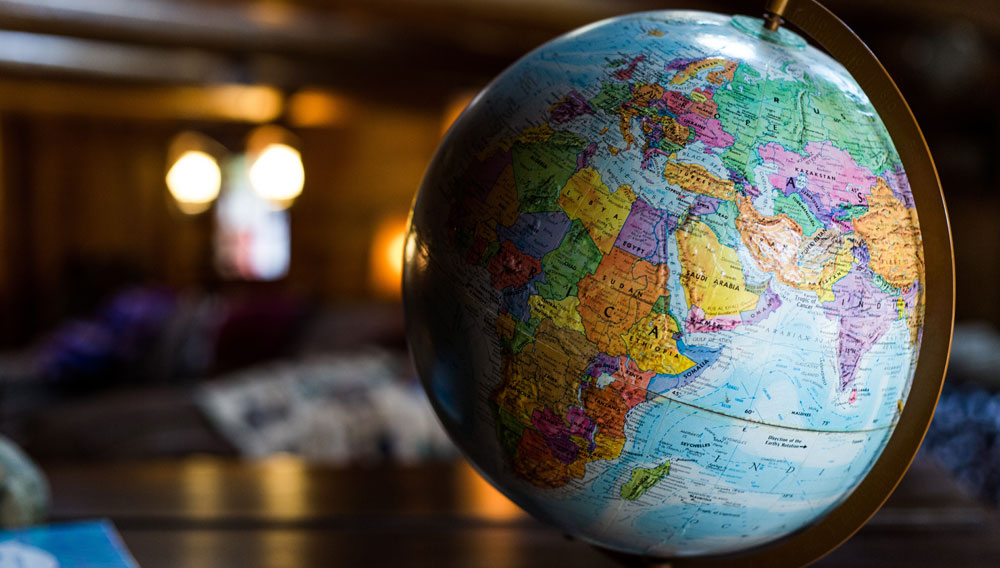Russia’s chief sanitary doctor hints at new wine ban
Is an embargo the continuation of war by other means? It seems so, given that on 8 October 2013 Russia’s all-powerful state consumer protection agency, Rospotrebnadzor, again blocked 28 alcoholic Georgian drinks, most of them wines, from entry into Russia, citing their failure to meet “hygienic standards”, Russian media reported.
In 2006, Rospotrebnadzor gave similar reasons when issuing an umbrella ban on Georgian wines. At the time, the ban was widely regarded as political punishment for Georgia’s pro-Western President Saakashvili, who campaigned to bring the country into NATO. The brief but vicious five-day Russian Georgian War of 2008 did nothing to improve relations between the small Caucasus country and its big northern neighbour.
However, in spring this year, it seemed that politics would again be dissociated from palates when Moscow agreed in principle to lift the embargo on wine and sent its inspectors to Georgia to check out the wineries and their standards of hygiene. Since then a reported 95 Georgian producers of wines and spirits have been able to obtain a permit to export their products to Russia. Volumes are small, though. Only 6 million litres have been imported from Georgia into Russia, according to Rospotrebnadzor.
Imagine everybody’s surprise when Rospotrebnadzor went into reverse again this month and issued negative verdicts on several wines. Rospotrebnadzor even made some ominous references to a possible “revision” of their attitude to Georgian wines in general. Does this mean another embargo?
Ever optimistic, Georgian winemakers projected that they could supply the Russian market with some 10 million bottles of wine this year. This wine would not be cheap, however. It could cost between USD 10 and USD 20 per bottle. That’s why experts said that Georgian producers would not have an easy time of it and that they would be lucky to regain even 1 percent of the Russian wine market.
Since the ban on Georgian wines seven years ago, the situation on the Russian market has changed fundamentally. While back then the USD 10 category was wide open, it has since become rather crowded as French, Spanish, Italian, and Chilean producers decided to down-price their wines and now compete in this price range too.
Still, most Georgian wine producers would rather face this competition than a ban.


